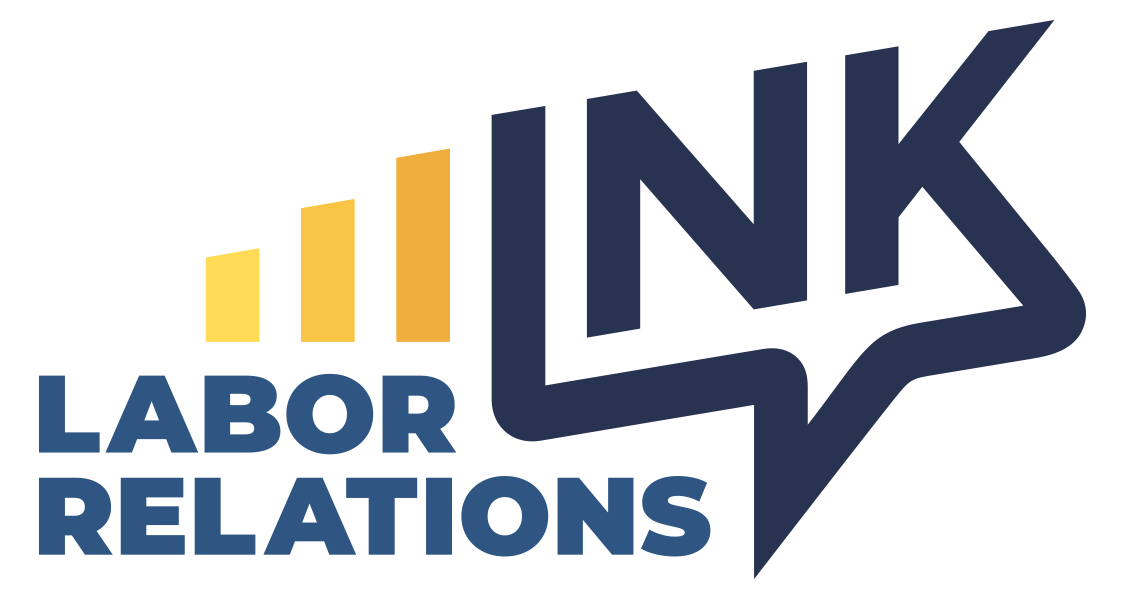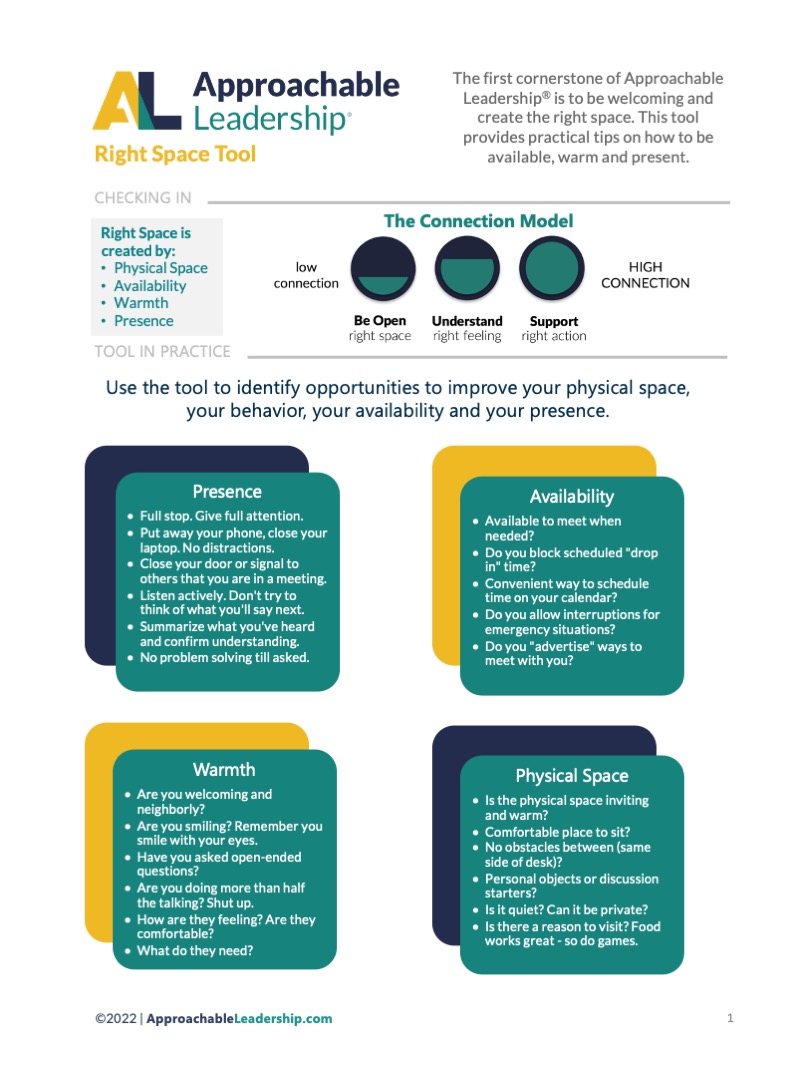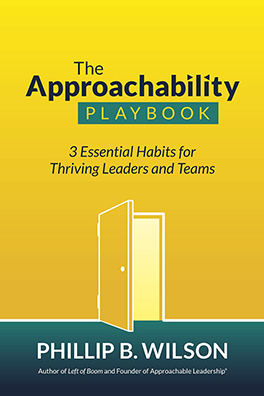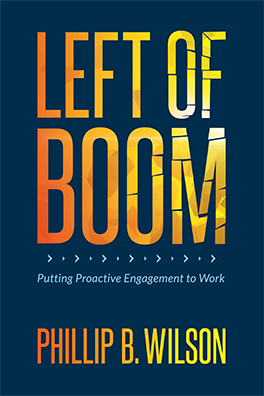Remember that famous scene from Monty Python’s Holy Grail during the plague? A cart is pulled around the village to pick up dead peasants. Cries of “bring out yer dead” can be heard across the village. At some point a not-quite-dead villager is about to be hoisted onto the cart when he protests that he is not dead and instead is “feeling much better.” Until someone smacks him on the head and throws him on the cart.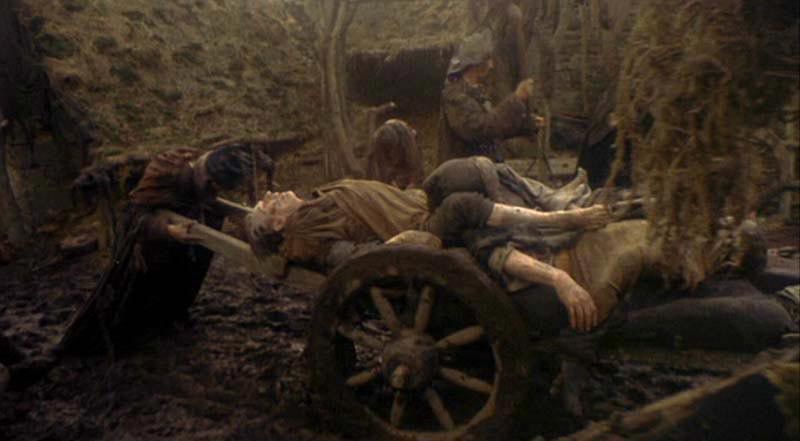 Unions must feel a lot like that guy. Conventional wisdom has pronounced unions dead. Again. Total membership has dropped to its lowest level on record. Only 7.2% of private sector workers are union members and for the first time ever there are now more government union members than private sector ones.
Unions must feel a lot like that guy. Conventional wisdom has pronounced unions dead. Again. Total membership has dropped to its lowest level on record. Only 7.2% of private sector workers are union members and for the first time ever there are now more government union members than private sector ones.

Senator Scott Brown
 While petitions did drop about 12% in 2009, this pales in comparison to the 25% drop in 2006. While these statistics do support the idea that unions have begun to rely less and less on the traditional NLRB election, the number of petitions filed has remained relatively steady the last 4 years. Not only that, recent petition activity has been on the rise. Take a look at this:
While petitions did drop about 12% in 2009, this pales in comparison to the 25% drop in 2006. While these statistics do support the idea that unions have begun to rely less and less on the traditional NLRB election, the number of petitions filed has remained relatively steady the last 4 years. Not only that, recent petition activity has been on the rise. Take a look at this:  NLRB elections are up a substantial 38% over January 2009 and the general trend over the last quarter is up. Our firm consults in hundreds of elections each year (over twice as many as our next closest competitor) and we are engaged to assist even more companies experiencing pre-petition organizing activity. The last couple of months have been noticeably more active than, say, the first half of 2009. Unions are far from dead. If anything, it looks like they may have learned their lesson in 2008. Unions cannot sit back and wait for Washington to come to their rescue. They will have to save themselves if they are going to be saved at all. And if recent trends are any indication, it looks like they are making an attempt to do just that.
NLRB elections are up a substantial 38% over January 2009 and the general trend over the last quarter is up. Our firm consults in hundreds of elections each year (over twice as many as our next closest competitor) and we are engaged to assist even more companies experiencing pre-petition organizing activity. The last couple of months have been noticeably more active than, say, the first half of 2009. Unions are far from dead. If anything, it looks like they may have learned their lesson in 2008. Unions cannot sit back and wait for Washington to come to their rescue. They will have to save themselves if they are going to be saved at all. And if recent trends are any indication, it looks like they are making an attempt to do just that.
